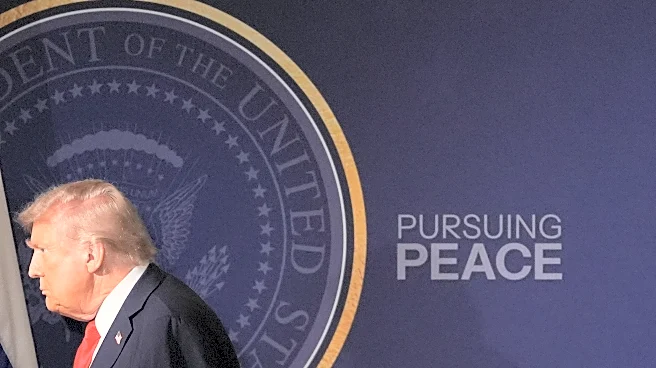What's Happening?
Brandeis University has announced a reduction in its Yiddish program, scaling back from four classes per year to two, alternating between introductory and advanced courses. This decision follows a wave of concern from the Yiddish community. Despite the reduction at Brandeis, interest in Yiddish studies is thriving in other institutions and online platforms. The pandemic has spurred a surge in online Yiddish learning, with organizations like the YIVO Institute for Jewish Research expanding their offerings significantly. The demand for Yiddish education is driven by diverse motivations, including cultural preservation, historical research, and personal connections.
Why It's Important?
The reduction of the Yiddish program at Brandeis University highlights challenges faced by minority language studies in academia. While Brandeis scales back, other institutions are experiencing increased interest, reflecting a broader cultural and educational trend. The growing demand for Yiddish education underscores its importance in understanding Jewish history and culture. This trend also points to a shift in how languages are taught and learned, with online platforms playing a crucial role in connecting learners globally. The situation at Brandeis may prompt discussions on the value of preserving minority languages and the role of universities in cultural education.
Beyond the Headlines
The Brandeis decision reflects broader societal attitudes towards minority languages in the U.S., where practical language skills often overshadow cultural and historical studies. The resurgence of interest in Yiddish, particularly in Israel, suggests a reevaluation of its cultural significance. The debate over Yiddish studies also touches on political and cultural identities within Jewish communities, offering a space for diverse perspectives. As online learning continues to grow, it may provide a sustainable model for preserving and promoting minority languages, fostering intergenerational and cross-cultural connections.













